Epithelial Tissue
Table of Contents
What is epithelial tissue?
Epithelial tissue is a protective tissue of the animal body. It is tightly packed and covers most organs and cavities of the body.
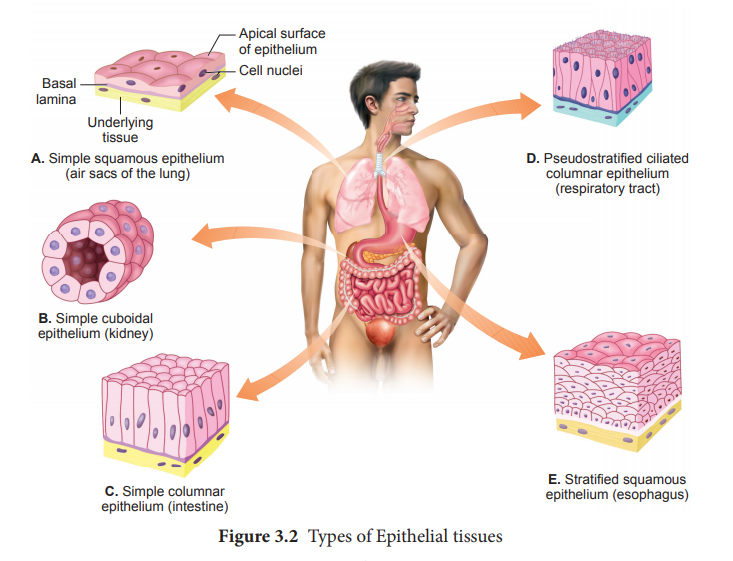
Types of epithelial tissue
On the basis of shape of the cells and their arrangement tissues are divided into 5 types
Also Check- Difference Between Simple Tissue And Complex Tissue
Squamous epithelium
It constitutes the skin which protects the body.
Squamous epithelium is further divided into two types
-
Simple squamous epithelium
-
Stratified squamous epithelium
Simple squamous epithelium
- It is single layered and closely fitted epithelium.
- Cells are very thin and flat
- Cells appear as tiles over floor.
- It forms a delicate lining of blood vessels, lungs and alveoli.
- It is often selectively permeable .
- Simple squamous epithelium forms a lining where substance transport occurs through a selectively permeable membrane.
- It also covers the oesophagus and the lining of the mouth.
Also Check – Tissue Chapter 6 Class 9
Stratified squamous epithelium
- Stratified squamous epithelium is found in the organ system where the body comes into close contact with the outside environment.
- It is highly resistant to mechanical injury and is waterproof.
- Cells are arranged in many layers to prevent their wear and tear.
Cuboidal epithelium
- Made up of cube shaped cells.
- It has round nuclei.
- Forms the lining of kidney tubules and the ducts of salivary glands.
- Provides mechanical support to the organ.
- It also forms the germinal epithelium of gonads.
- It also helps in absorption, excretion and secretion of materials.
Columnar epithelium
- Columnar epithelium cells are tall.
- They are pillar-like and have elongated nuclei.
- It is usually found in the inner lining of the intestine where absorption and secretion occurs.
- It facilitates the movement across the epithelial barrier.
Ciliated columnar epithelium.
- Ciliated columnar epithelium cells have cilia which is hair like projection found on the outer surface of columnar epithelial cells.
- The cilia have the ability to move.
- The movement of cilia pushes substance like mucus forward.
- It is found in the respiratory tract, lining of oviducts, sperm ducts, kidney tubules etc.
Glandular Epithelium
- Glandular epithelium cells acquire additional specialisation known as gland cells.
- Gland cells secrete substance at the epithelial surface.
- When the epithelial tissue folds inwards it forms a multicellular gland the gland is called as glandular epithelium.
Functions of epithelial tissue
- The main role of epithelial tissue is to protect underlying cells.
- Epithelial tissue protects underlying cells from drying, injury, infections and from harmful effects of chemicals.
- Epithelial tissue also acts as selectively permeable tissue. It plays a vital role in regulating the exchange of materials between the body an external environment and between different body parts.
- Epithelial tissue helps in absorption of water and nutrients in diffusion of gases.
- Epithelial tissue helps in elimination of waste products from the body.
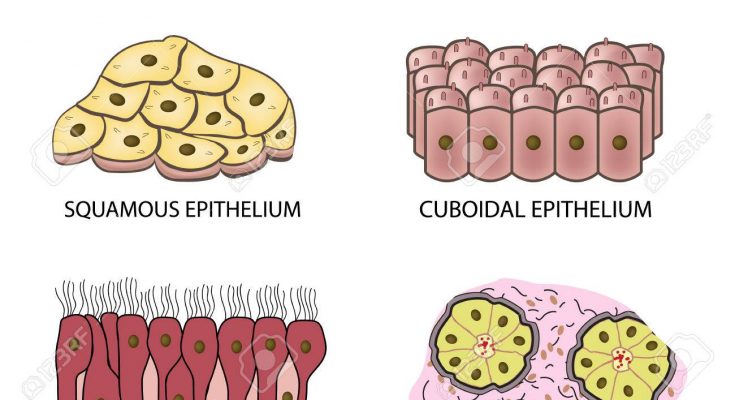
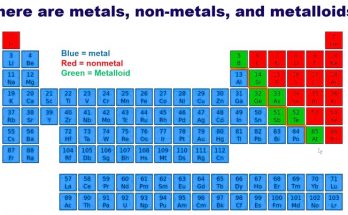
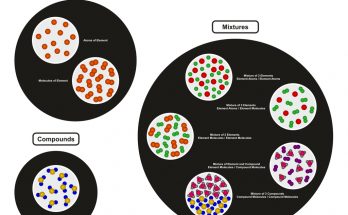
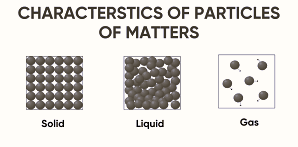
Very interesting
This is good